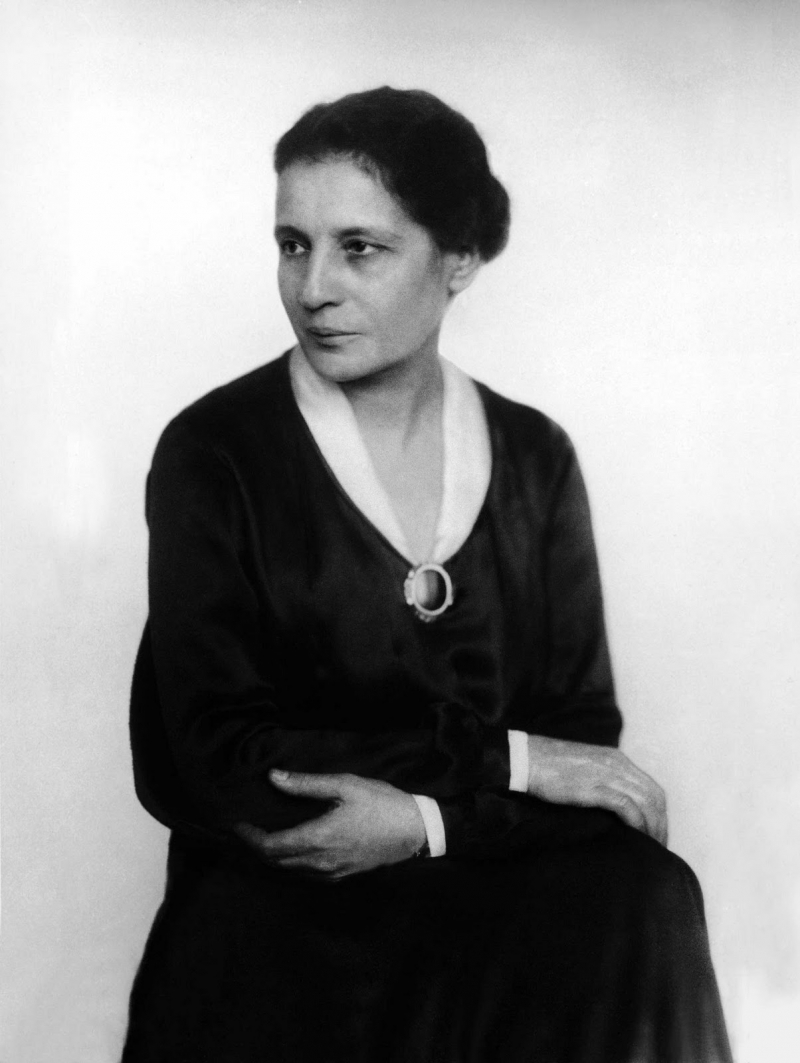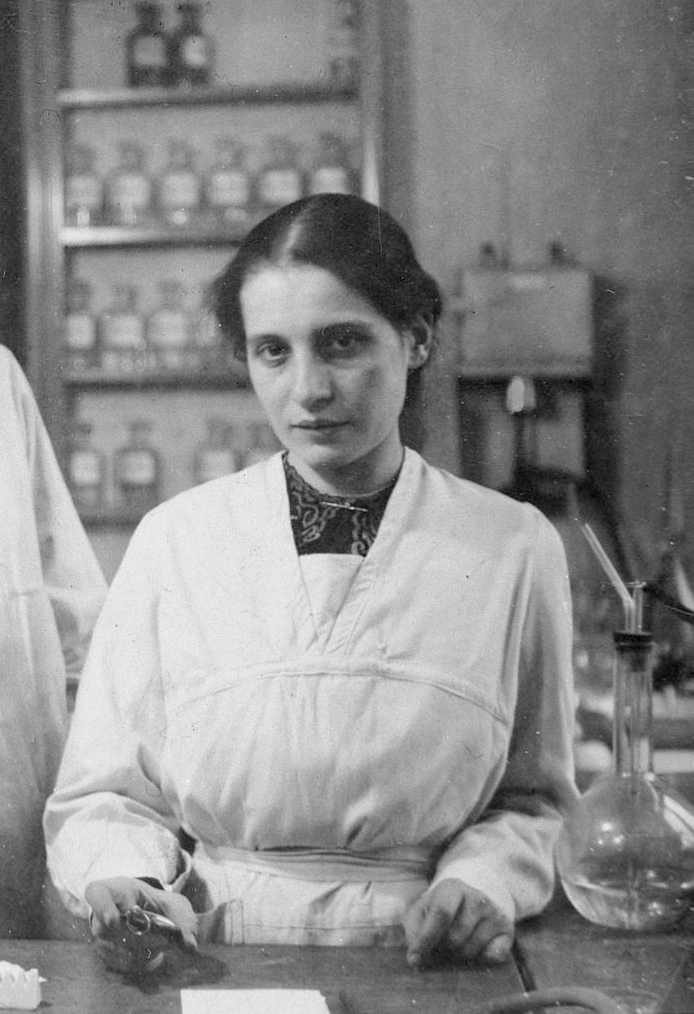Lise Meitner
The early 19th century saw a boom in nuclear physics, but not for any prospective military uses—though that may have been one of them—but rather to better comprehend the atomic structure. Many scientists and researchers at the period made significant, paradigm-shifting contributions to the discipline on a global scale, but we mainly pay attention to the well-known ones like Marie Curie and Niels Bohr.
Scientist Lise Meitner, who was of Swedish ancestry and Austrian birth, was one of them. In 1917, she and Otto Hahn, a pioneer in nuclear chemistry, discovered Protactinium, a brand-new element. However, the discovery that some radioactive materials decay and lose some of their mass over time, releasing enormous amounts of energy in the process, was her greatest contribution to science. She had stumbled upon the nuclear fission phenomenon, which had completely altered science and combat. Otto Hahn, however, was awarded the Nobel Prize for the discovery in 1944, a choice that is still disputed by the majority of scientists.
Meitner had the unfortunate circumstance of being a Jewish physicist living in Berlin at the time Adolf Hitler rose to power. Even though the Nazis were particularly determined to prevent Jewish scientists from escaping, she was able to board a train out of Germany in 1938 and spent the remainder of her days in Sweden before passing away in 1968.
Born: Elise Meitner, 7 November 1878Vienna, Austria-Hungary
Died: 27 October 1968 (aged 89)Cambridge, England
Known for: Discovery of protactinium, Discovery of nuclear fission, Auger–Meitner effect, Meitner–Hupfeld effect












